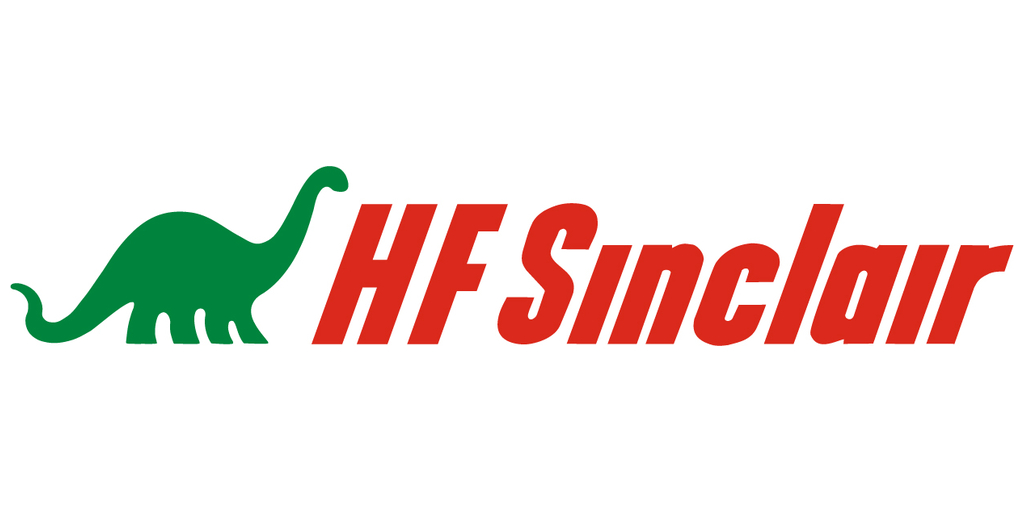Sign up for daily news updates from CleanTechnica on email. Or follow us on Google News!
A recent article at Renew Economy, an Australian publication that follows the change to renewables, shows us the practical problems with focusing on new nuclear plants instead of alternatives, like solar and wind with battery storage. As is often the case, ideas that can look good on paper often don’t turn out as expected in the real world.
When the massive Hinkley project was announced, it was promised to produce power for UK homes in a decade. But, it’s been over 16 years now, and the project is nowhere near completion or its original budget. Now, a promised start date of 2030 is being offered, but it’s more likely to only open one of the two reactor units by 2031. Assuming that goal is met, the project would have taken almost 25 years. And the budget? It has climbed from nine billion pounds to almost 50 billion!
For the “renewables are communism crowd”, the news is even worse: the project went from a private effort to a government bailout and then to total nationalization. Plus, now one third of the project is now going to be funded by Chinese entities, so it has become the full-tilt communist mega-diva of energy projects. Ouch!
The writer, Giles Parkinson, points out that despite this massive failure, the right-leaning politicians in Australia are still trying to convince everyone to give up on renewables and wait for nuclear power to be better, despite it being pretty clear that small modular reactors would be three times more expensive than renewables. When confronted with that fact, the fools point to the UK project as an alternative, hoping people don’t know what happened there.
A leading expert on project management points out that this isn’t unusual at all. Nuclear projects go 120% over budget on average, with the majority of them going over 200% over the original plan.
Renewables Don’t Do This
While it’s true that “the rain doesn’t shine and the wind doesn’t blow all the time”, we can at least trust the budgets for renewable projects. When a plan is made for a wind and/or solar farm (the “and” is often preferable), the budget tends to be pretty close to what’s spent at the end. The same is true for batteries and other forms of storage, which would definitely be needed to get the most out of things like wind and solar.
But, the time spent is an even bigger problem than the money, as researcher Mark Z. Jacobson has pointed out and we’ve discussed a number of times here. Renewables can happen fast, and start generating clean electricity that displaces dirty power. Even if they’re completed on time, the opportunity cost of that ten year time ends up making the nuclear project dirtier, because the renewables get a head start. Add in what happens in the real world (massive delays), and the renewables become an even better option both economically and environmentally.
But, this doesn’t mean we need to be ripping out existing nuclear plants. They’re already up and running, and should be kept running for as long as safely possible. Only when all of the dirtier sources of electricity (coal and natural gas) have been replaced with renewables should be consider replacing them with renewables and storage, too.
But, the advantages of keeping an existing plant running simply don’t apply to new projects. They’re a proven loser and we need to quit pretending that they aren’t.
Featured image by Jennifer Sensiba.
Have a tip for CleanTechnica? Want to advertise? Want to suggest a guest for our CleanTech Talk podcast? Contact us here.
Latest CleanTechnica TV Video
I don’t like paywalls. You don’t like paywalls. Who likes paywalls? Here at CleanTechnica, we implemented a limited paywall for a while, but it always felt wrong — and it was always tough to decide what we should put behind there. In theory, your most exclusive and best content goes behind a paywall. But then fewer people read it!! So, we’ve decided to completely nix paywalls here at CleanTechnica. But…
Thank you!
CleanTechnica uses affiliate links. See our policy here.




